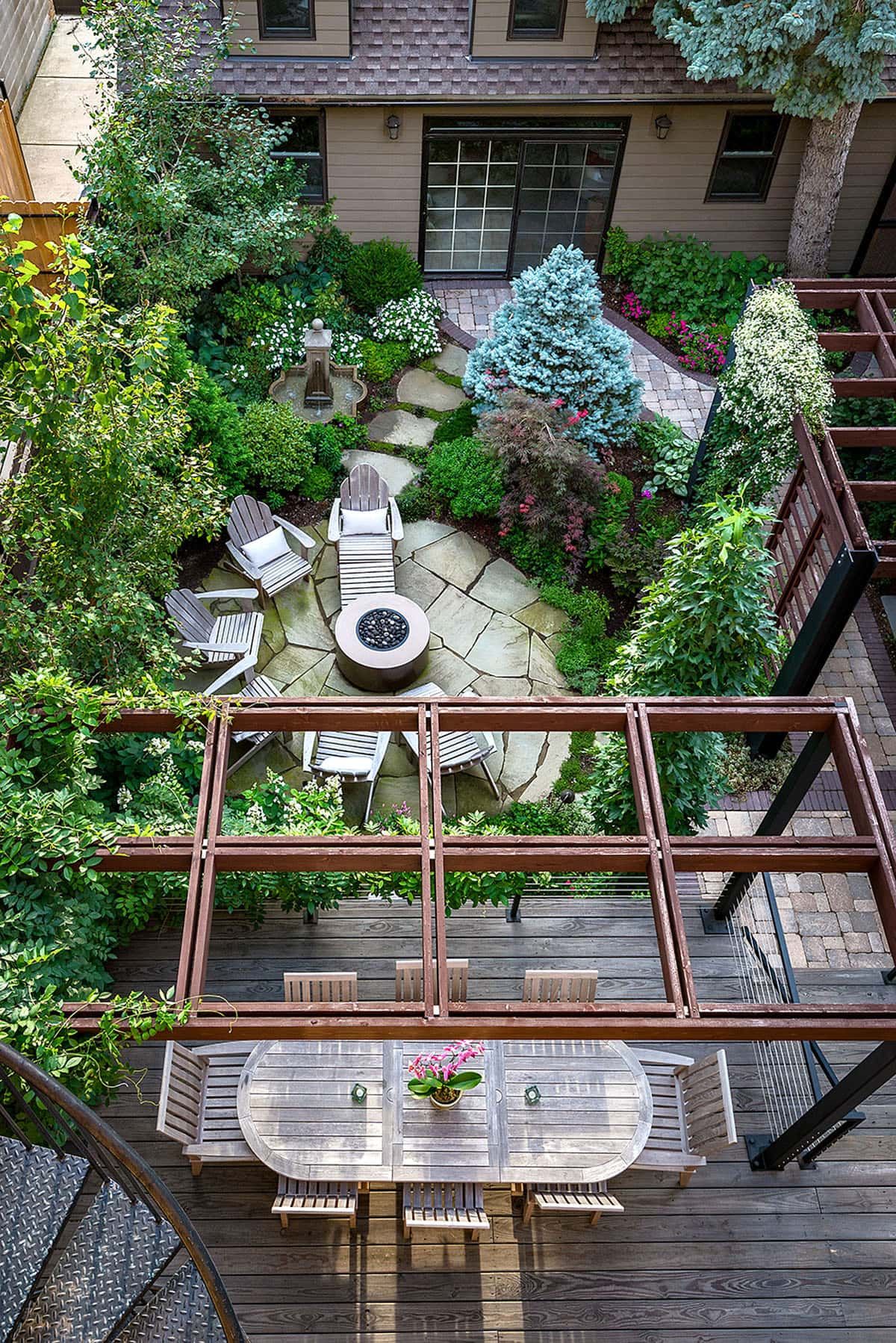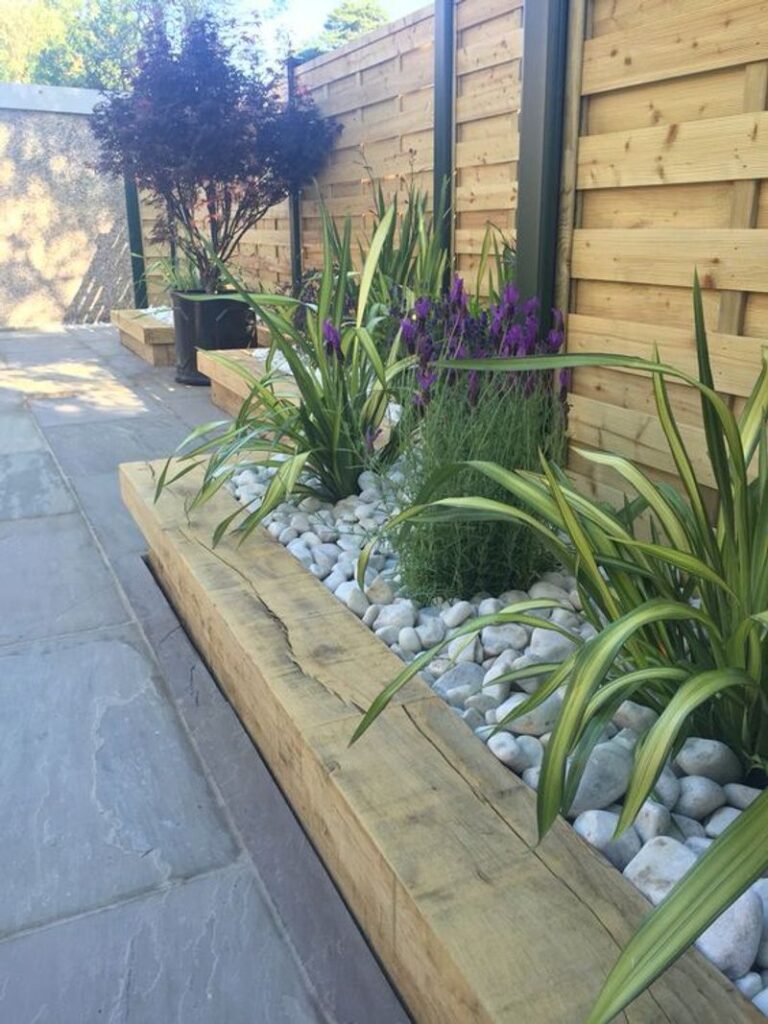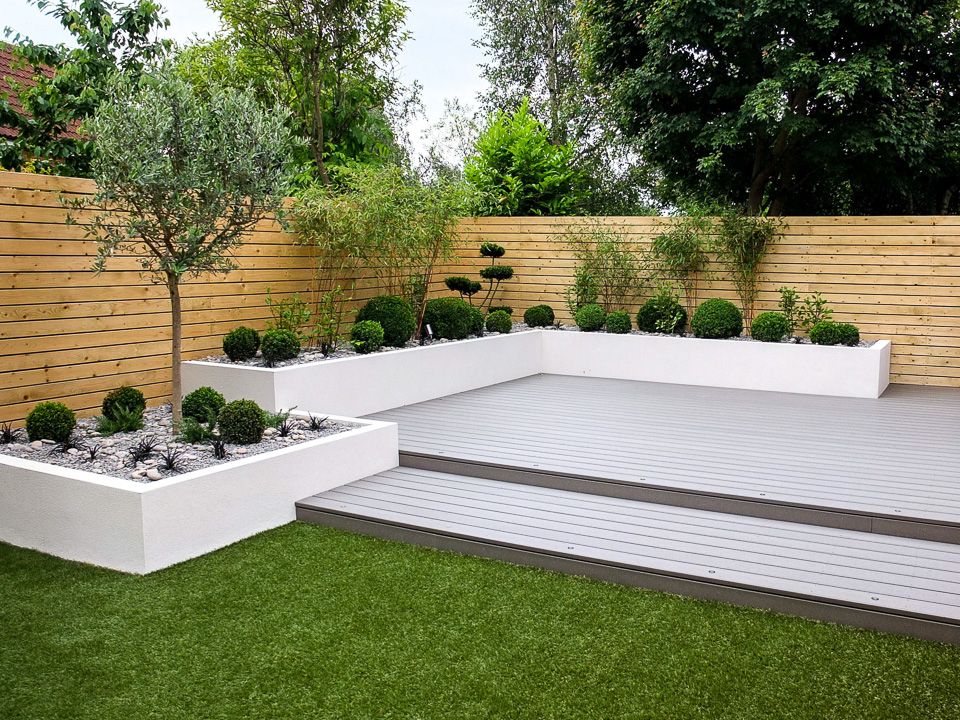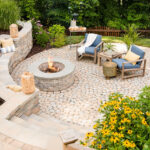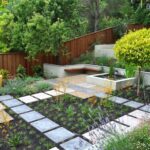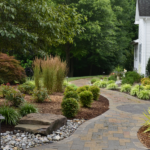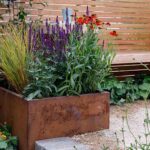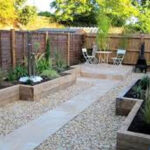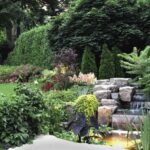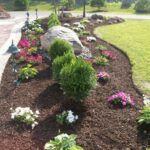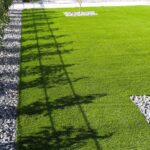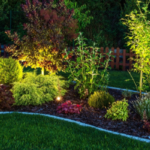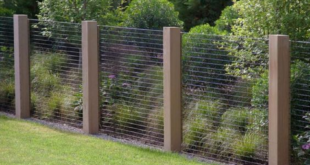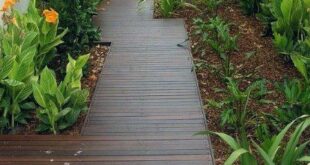One of the key factors to consider when designing a garden is maintenance. Many homeowners simply do not have the time or energy to spend hours each week tending to their garden. Luckily, there are plenty of low-maintenance garden ideas that can help you create a beautiful outdoor space without the need for constant upkeep.
One of the simplest ways to reduce maintenance in your garden is to opt for perennial plants. These plants will come back year after year with minimal effort on your part. Some great low-maintenance perennials include lavender, hostas, and ornamental grasses. By choosing these types of plants, you can enjoy a vibrant garden without the need for constant replanting.
Mulch is another great tool for reducing maintenance in your garden. Not only does mulch help to suppress weeds and retain moisture in the soil, but it also provides a neat and tidy appearance to your garden beds. Opt for a low-maintenance mulch such as shredded bark or wood chips, and spread a thick layer over your garden beds to help reduce the need for weeding and watering.
When it comes to landscaping, consider using hardscaping elements to reduce maintenance. Stone pathways, gravel beds, and retaining walls can add visual interest to your garden while minimizing the need for mowing and weed control. By incorporating these elements into your garden design, you can enjoy an attractive outdoor space that requires minimal upkeep.
Incorporating native plants into your garden is another great way to reduce maintenance. Native plants are well-adapted to your local climate and soil conditions, meaning they require less water, fertilizer, and pest control than exotic plants. Additionally, native plants provide food and shelter for local wildlife, helping to create a more sustainable and resilient garden ecosystem.
Finally, consider automating your garden care with the use of drip irrigation systems and timers for watering. By setting up a drip irrigation system, you can ensure that your plants receive consistent moisture without the need for manual watering. Timers can also be used to automate tasks such as turning on outdoor lighting or feeding your plants, further reducing the time and effort required to maintain your garden.
 yishifashion Where Outdoor Dreams Become Reality
yishifashion Where Outdoor Dreams Become Reality
